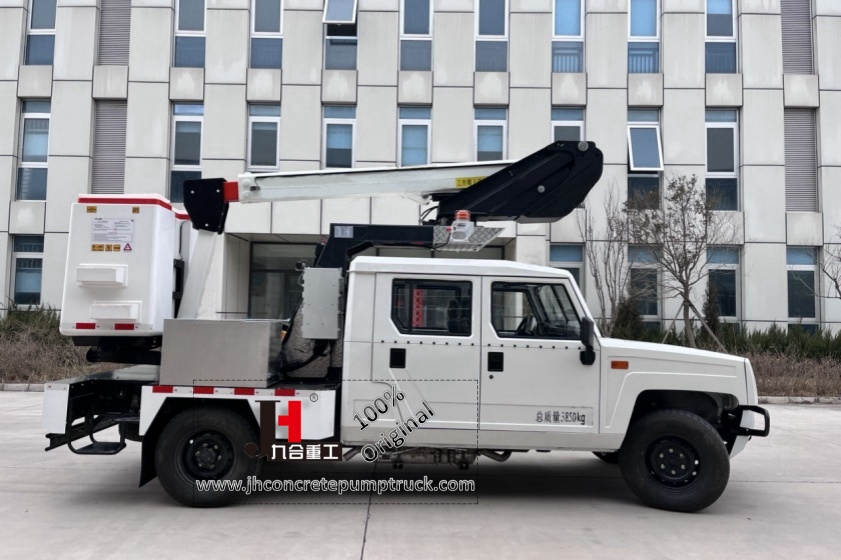News
Precautions when using aerial work vehicles
Sep. 06, 2024
In order to avoid accidents when workers on aerial work vehicles are working at high altitudes, the company has also taken great pains. The following are some other requirements that are not usually noticed when working at high altitudes on aerial work vehicles.
Safety nets must be set up according to regulations. For construction projects above 4m, a 3~6m wide safety net must be set up on the first floor of the building. If high-rise construction is in progress, a 3m wide fixed safety net must be supported every four floors above the first floor safety net. If a vertical net is used for protection on the construction layer, it should be ensured that the vertical net is more than 1m higher than the building, and the vertical net should be tightly overlapped. And the specifications and quality must be guaranteed, and the use must be safe and reliable.
When using high stools and ladders, only one person is allowed to operate on a single ladder. The support angle should be 60°~70°. Anti-slip measures should be taken at the bottom of the ladder. When supporting a herringbone ladder, the angle between the two ladders should be maintained at 40°. At the same time, the two ladders should be firm, and no one is allowed to stand on the ladder when moving the ladder. When using a high stool, only one person is allowed to stand on a single stool. When the double stool is set apart, the distance between the two stools shall not exceed 3m. If a higher ladder and high stool are used, corresponding safety measures should be taken as needed.
When there are no reliable protective facilities, safety belts must be worn when working at heights, otherwise working at heights is not allowed. At the same time, the quality of the safety belt must meet the safety requirements for use, and it must be hung high and used low.As a special means to ensure the safety of workers, there are certain requirements for the safety helmets worn by workers performing aerial work on aerial work vehicles.
First, before using the safety helmet, check whether the helmet shell, hat lining, and hat strap are complete and effective. Secondly, before using the safety helmet when the worker performs aerial work, adjust the safety helmet lining so that each part of the hat lining is a certain distance away from the helmet shell. The hat hoop of the aerial work vehicle worker should also be adjusted and tightened according to the head shape to prevent the hat from sliding forward and blocking the line of sight when working with the head down. It is strictly forbidden to combine the two layers of the top lining of the safety helmet into one layer when the worker performs aerial work on the aerial work vehicle. For workers performing aerial work on the aerial work vehicle, the safety helmet should be worn tightly and correctly, and the hat strap should be tied under the chin and tightened. For workers performing aerial work on the aerial work vehicle, the validity period of the safety helmet is calculated from the date of completion of the product manufacturing. Plastic hats shall not exceed two and a half years, and fiberglass hats shall not exceed three and a half years.
The workers who perform aerial work on aerial work vehicles are really hard-working. In the hot summer, they cannot get a rest, cannot feel the coolness of the air conditioner, and can only feel the heat of the sun. Wearing a safety helmet can not only protect your own safety, but also block part of the sun. Be sure to wear a safety helmet and pay attention to the requirements and some issues of wearing a safety helmet.







